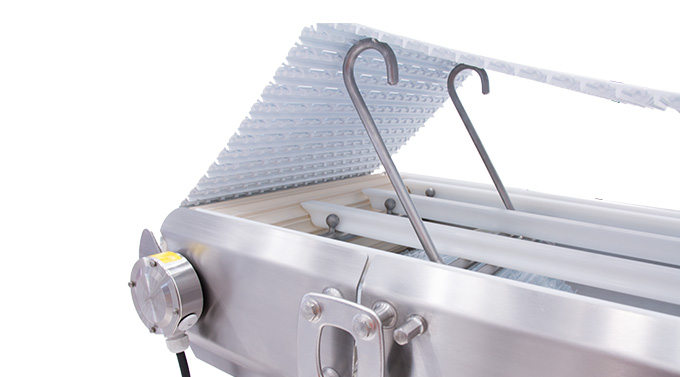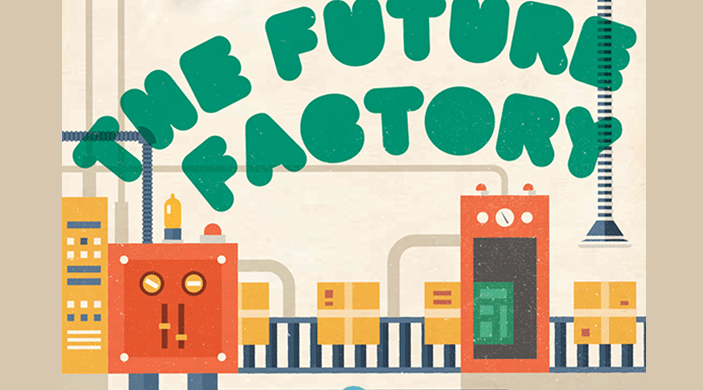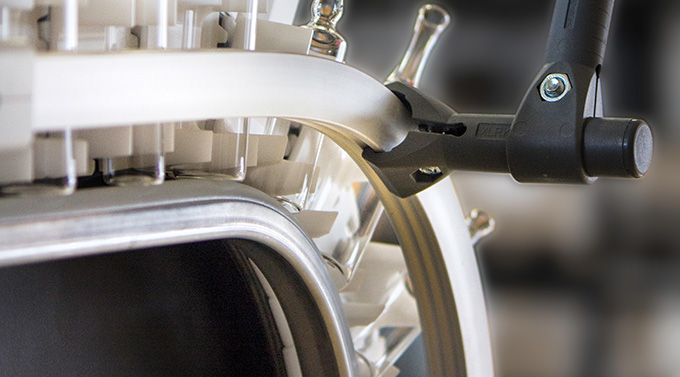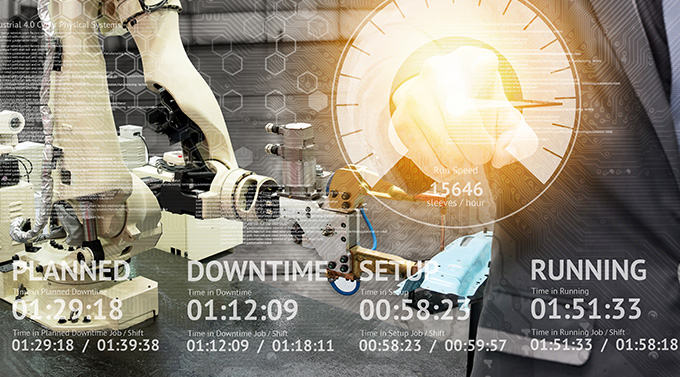
During the last decades, production flow solutions have had a remarkable development. From steel welded constructions with varied quality and long delivery times to high-quality automated production flow solutions with high speed and performance that enable high overall equipment efficiency. In this article, I will walk you through the historical development of production flow solutions and describe how the development has influenced the manufacturing industry.
Individual conveyor standards in the middle of the twentieth century
During the middle of the twentieth century, all conveyors were mainly welded constructions built in steel. They were quite heavy and clumsy and when they were not needed anymore, some manufacturers threw them out at the back of the factory on what was called “the conveyor graveyard”. Most manufacturing companies designed their own conveyor solutions, which were manufactured by small mechanical companies located nearby. The steel constructions were not flexible and if the conveyor did not fit right away during installation a comprehensive adjustment work waited. Worst case, the conveyor was too short and had to be extended, which was both difficult and time-consuming. Thus, there were long delivery times and the conveyors had inconsistent quality. In addition, all conveyors were horizontal which affected the layouts of the factories. If the products had to be moved vertically from one conveyor to another, they had to be transported in elevators.
Increasing demands led to conveyor solutions with high flexibility
In the eighties, the demand for high-quality conveyor solutions started to increase. Factors such as low noise, long service life and reduced wear became increasingly important and that was the start of FlexLink’s automated production flow solutions. In order to live up to the customers’ requirements and deliver conveyor solutions globally, we started to design modular conveyor systems based on aluminium extrusions. This allowed us to deliver standard products globally that we locally could install and adjust to production on site. That enabled us to design standardized conveyor solutions with high flexibility as well as guarantee the same high quality no matter where in the world our customers were located. In addition, we added another dimension to the production line by designing conveyors that could run vertically. The three-dimensional production line came with a lot of advantages such as more floor space in the factory, which led to better access to the manufacturing machines.
An increasing focus on the production line’s functionality
Today, we work hard to further improve the functionality of the conveyor solutions and live up to the ever-increasing requirements. The manufacturing industry’s focus is on overall equipment efficiency (OEE) which means the production needs to be controlled in a smart way in order to gain a balanced production line with fewer disruptions. To achieve high OEE, the conveyor solutions should have dynamically variable speed and performance. They should need limited maintenance and stay clean without generating dirt. Also, more and more customers focus on sustainability, which leads to a high demand for electrical conveyor solutions since they are more energy-efficient compared to traditional pneumatic conveyor solutions.
Rules regarding health and safety in the manufacturing industry
 The big development in the manufacturing industry has lead to more rules and regulations regarding health and safety. The CE marking has led to significantly safer machines than we had, for example, thirty years ago. There are higher requirements concerning what materials and chemicals are being used in the production flow solutions. Also, the production flow solutions must maintain high cleanliness, which is highly important in for example the food industry. These requirements put high demands on the conveyor suppliers to change and adapt according to the market development.
The big development in the manufacturing industry has lead to more rules and regulations regarding health and safety. The CE marking has led to significantly safer machines than we had, for example, thirty years ago. There are higher requirements concerning what materials and chemicals are being used in the production flow solutions. Also, the production flow solutions must maintain high cleanliness, which is highly important in for example the food industry. These requirements put high demands on the conveyor suppliers to change and adapt according to the market development.
Improved product quality and a more cost-effective production process
The development requires high competence in product development and we, at FlexLink, focus on evaluating new materials and manufacturing methods. Since the conveyor solutions are moving towards mechatronics, we have started a software, control and development department. We work on standardizing our way of designing control systems, partly to improve our system quality but also to decrease the cost, the need for programming and the lead-time on system deliveries. During the last 15 years or so, we have also improved our ability to supervise and optimize our customers’ production lines.
We focus on designing our products by using for example injection molding, die-casting and precision casting in order to incorporate as many functions as possible in the products. By designing the solutions using as few process steps as possible the production is more cost-effective and the products gain higher quality. We have developed own motors with integrated controller and software in order to control the lines in an efficient way. This allows the conveyors and functions to communicate with other functions in the production line. Thus, our production is highly influenced by Internet of things (IoT) and Industry 4.0.
Automated production flow solutions that meet future requirements
 To sum it up, conveyor solutions have changed a lot during the last decades. All professionals working in the manufacturing industry aim for a problem-free production, and the number of disturbances in production is a lot less today than if you compare forty years ago. FlexLink has designed automated production flow solutions since the nineteen-eighties and work hard to meet all the requirements on high-quality production flow solutions. We look forward to continue improving our production flow solutions to meet our customers’ requirements also in the future.
To sum it up, conveyor solutions have changed a lot during the last decades. All professionals working in the manufacturing industry aim for a problem-free production, and the number of disturbances in production is a lot less today than if you compare forty years ago. FlexLink has designed automated production flow solutions since the nineteen-eighties and work hard to meet all the requirements on high-quality production flow solutions. We look forward to continue improving our production flow solutions to meet our customers’ requirements also in the future.
I hope you found my article interesting. If you did, please let us know in our social media channels. Also, feel free to ask me any questions or drop by our website for more information.






Leave a Reply